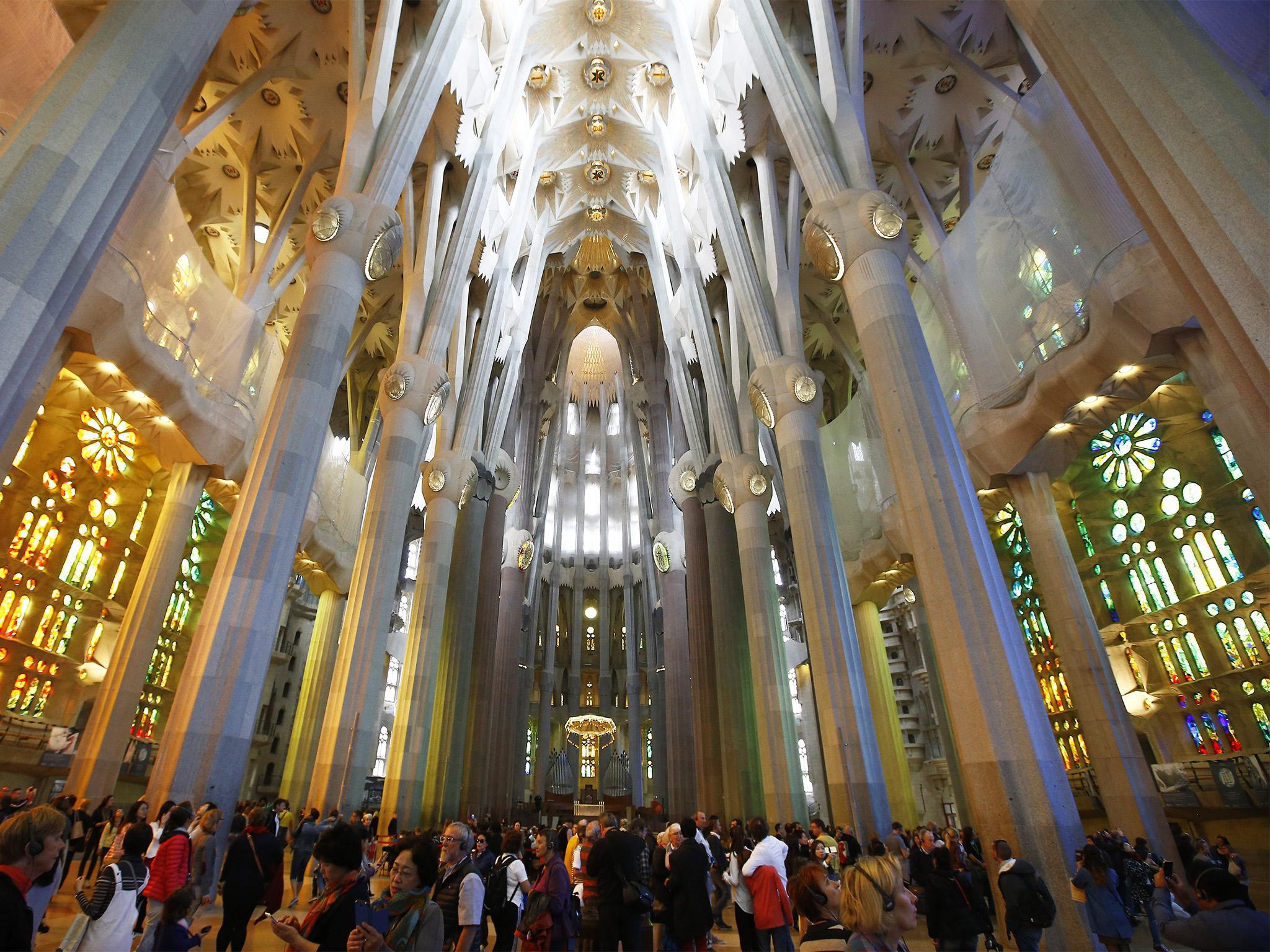California may adopt fatter incentives for electrical cars
Fresh, thicker incentives for electrified cars could be ahead in California
California could be poised to set up more generous rebates and incentives for electrified vehicle buyers – and not just affluent drivers cruising in Teslas.
Assemblyman Phil Ting, D-San Francisco, is pushing a proposal to establish a $Three billion fund to support the spread of electrical vehicles with thicker rebates, more programs for low-income buyers and the deployment of more charging stations. It would also produce discounts at dealerships, eliminating the need for consumers to file for tax rebates.
Ting said the proposal would give the electrified vehicle market an aggressive shove and help California hit its ambitious environmental goals.
“We’ve been able to dispel the notion that you can’t clean the environment and grow the economy,” he said. “The next wave is electrified vehicles.”
The proposal, AB1184, is a gigantic leap in funding from current programs, which have given $420 million to low- and zero-emission vehicle owners since 2010. Funds are expected to be diverted from existing sources, with details set by the California Air Resources Board.
The program would provide a boost to Gov. Jerry Brown’s aim of having 1.Five million clean cars on California roads by 2025. Only about 300,000 electrical vehicles have been sold in the state. Zero emission vehicles accounted for less than two percent of the two million fresh cars sold in California last year.
Supporters believe the measure, called the California Electrical Vehicle Initiative, will fuel the market for electrical vehicles, much like state incentives did for the rooftop solar industry a decade ago. Incentives would fade out as electrified vehicle costs decline.
The bill drew some opposition from Republican lawmakers in the Assembly, and now faces Senate hearings.
If the proposal is approved, supporters expect the fresh rebate program to roll out late next year.
The fresh program would give electrical vehicle makers a dependable market to grow their business, said Steve Chadima, senior vice president at Advanced Energy Economy, a clean energy business association co-sponsoring the bill.
The market for electrical vehicles is “coming along,” said Chadima. “It’s just not coming along quickly enough.”
California has several electrified vehicle startups, including Palo Alto-based Tesla.
The air resources board would determine the size of a rebate based on equalizing the cost of an EV and a comparable gas-powered car. For example, a fresh, $40,000 electrical vehicle might have the same features as a $25,000 gas-powered car. The EV buyer would receive a $7,500 federal rebate, and the state would kick in an extra $7,500 to even out the bottom line.
Two fresh electrified vehicles that supply over two hundred miles of range on a single charge – the Chevy Bolt and the forthcoming Tesla Model three – carry sticker prices around $35,000.
Ting said the market for affordable, long-range electrical vehicles is just developing.
The proposal also resumes an existing program that dedicates $500 million annually to promote low or zero-emission vehicles in poor communities.The funds provide incentives to switch transit vehicles from diesel to electrical or hybrid, and also help low and moderate income Californians purchase used, low emission cars.
The proposal is essentially an expansion of a state program that now forearms out rebates of inbetween $1,500 and $Five,000 to buyers of electrified vehicles and hybrids. Rebates for plug-in hybrids may decrease under the fresh bill.
The Clean Vehicle Rebate Project has issued 115,000 rebates worth $295 million to buyers of battery-powered vehicle since 2010. Critics say the program favors wealthier Californians who can afford fresh cars.
Lawmakers adjusted the rebate program in March 2016, curbing allowances for wealthy buyers and suggesting higher rebates for low and moderate income purchasers.
A probe last year by two UC Berkeley-trained researchers of almost 100,000 rebates found that more than eighty percent of the checks went to Californians reporting an income greater than $100,000. The money went primarily into communities with few black and Latino residents.

Leave a Reply